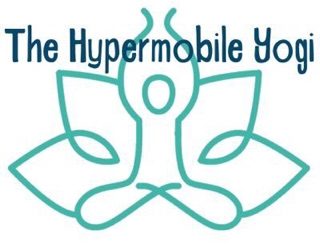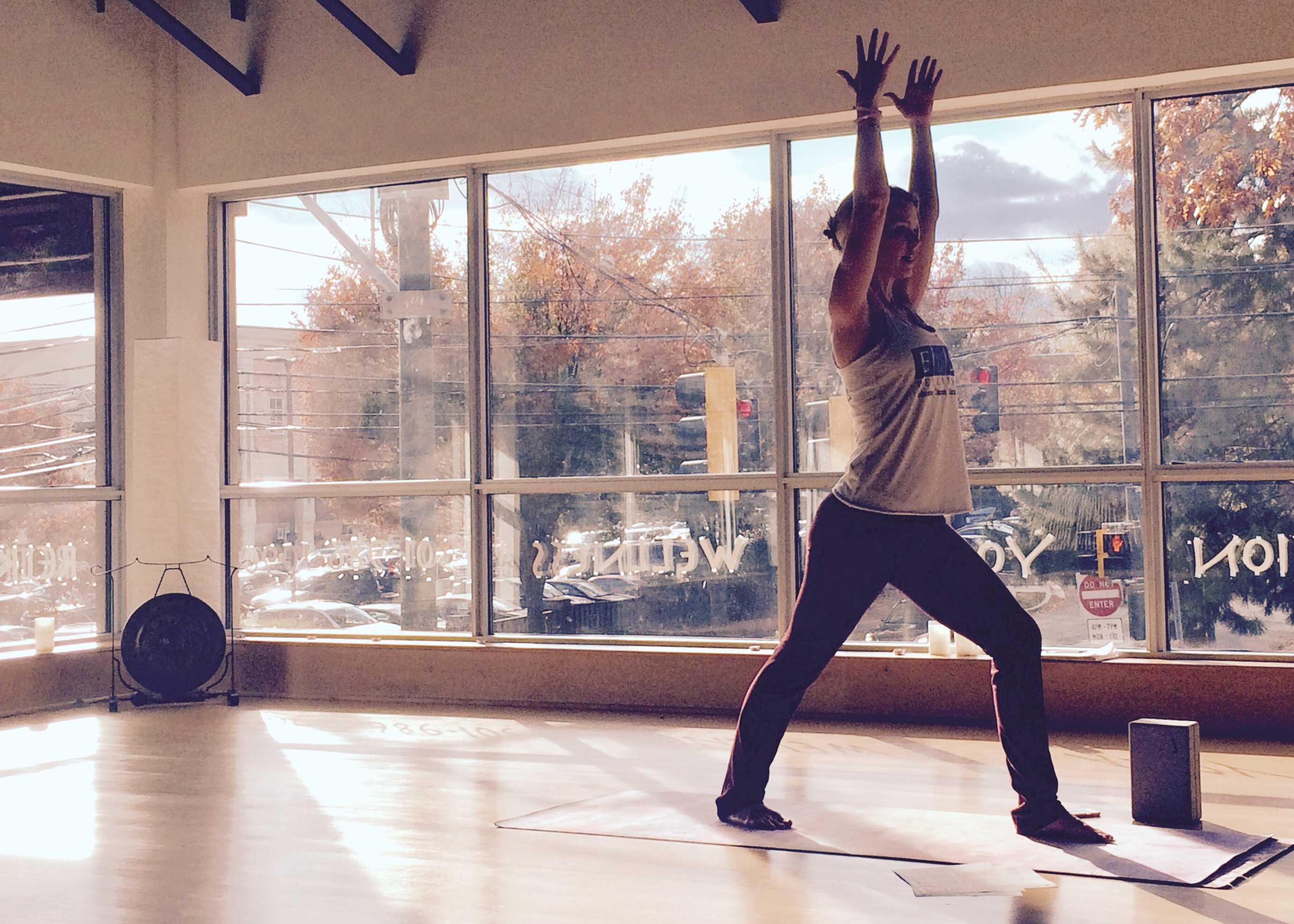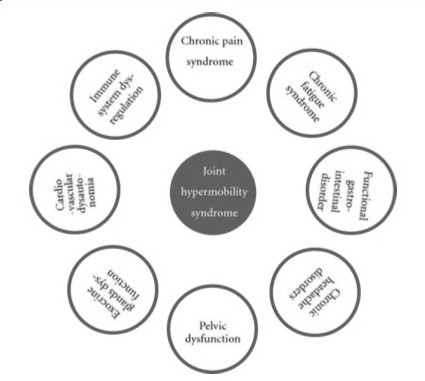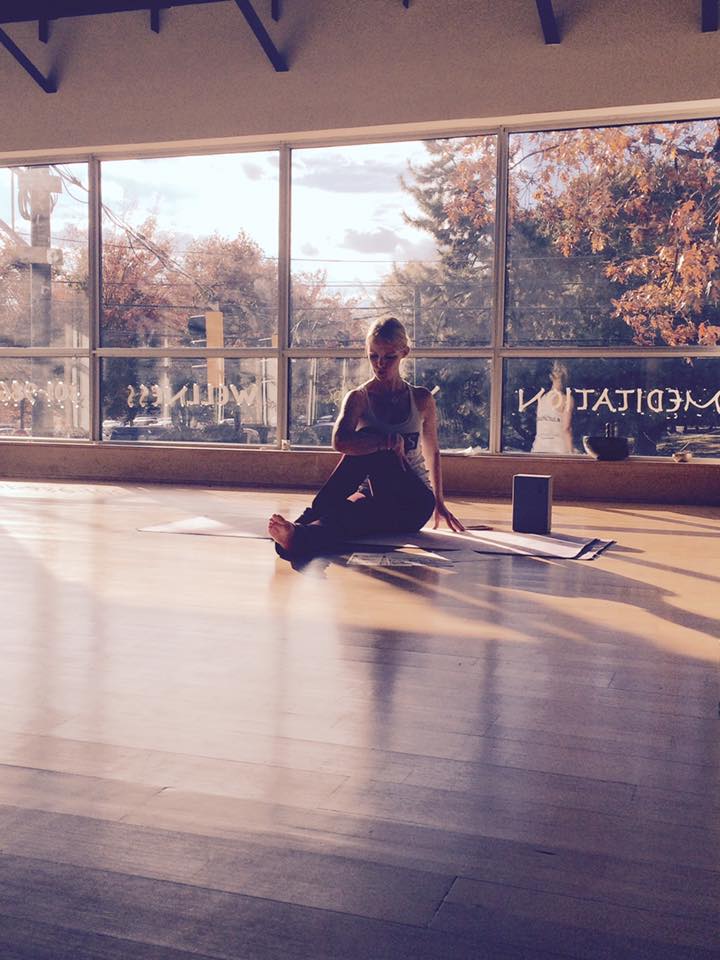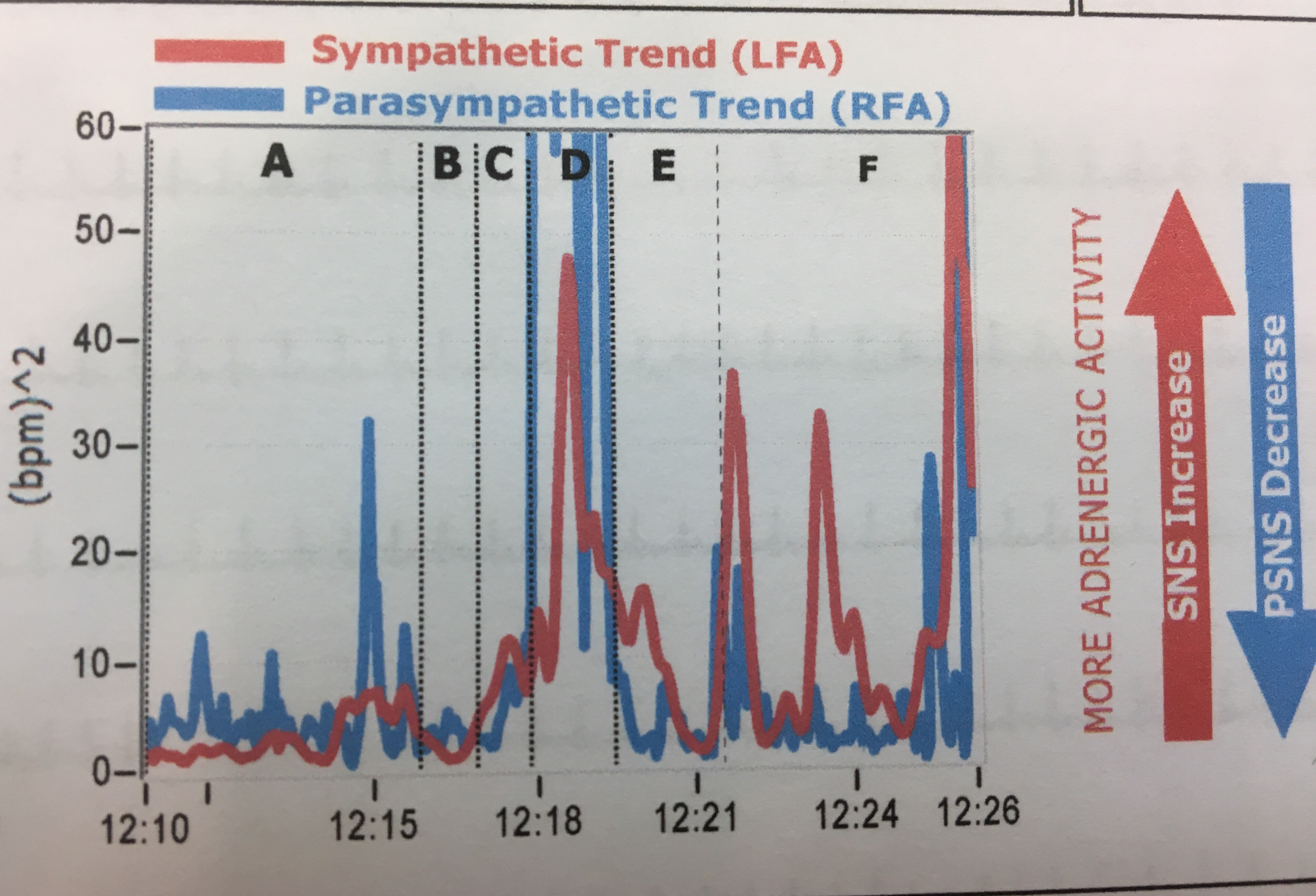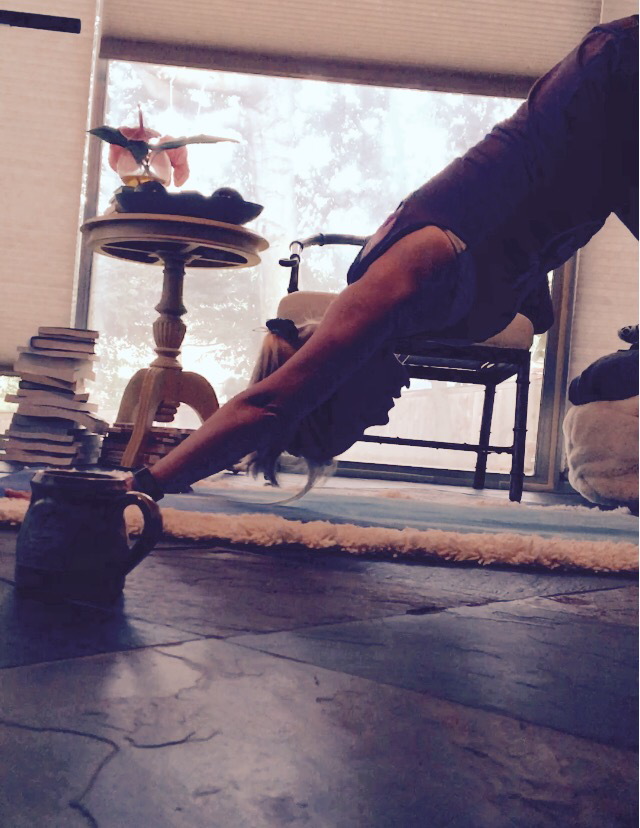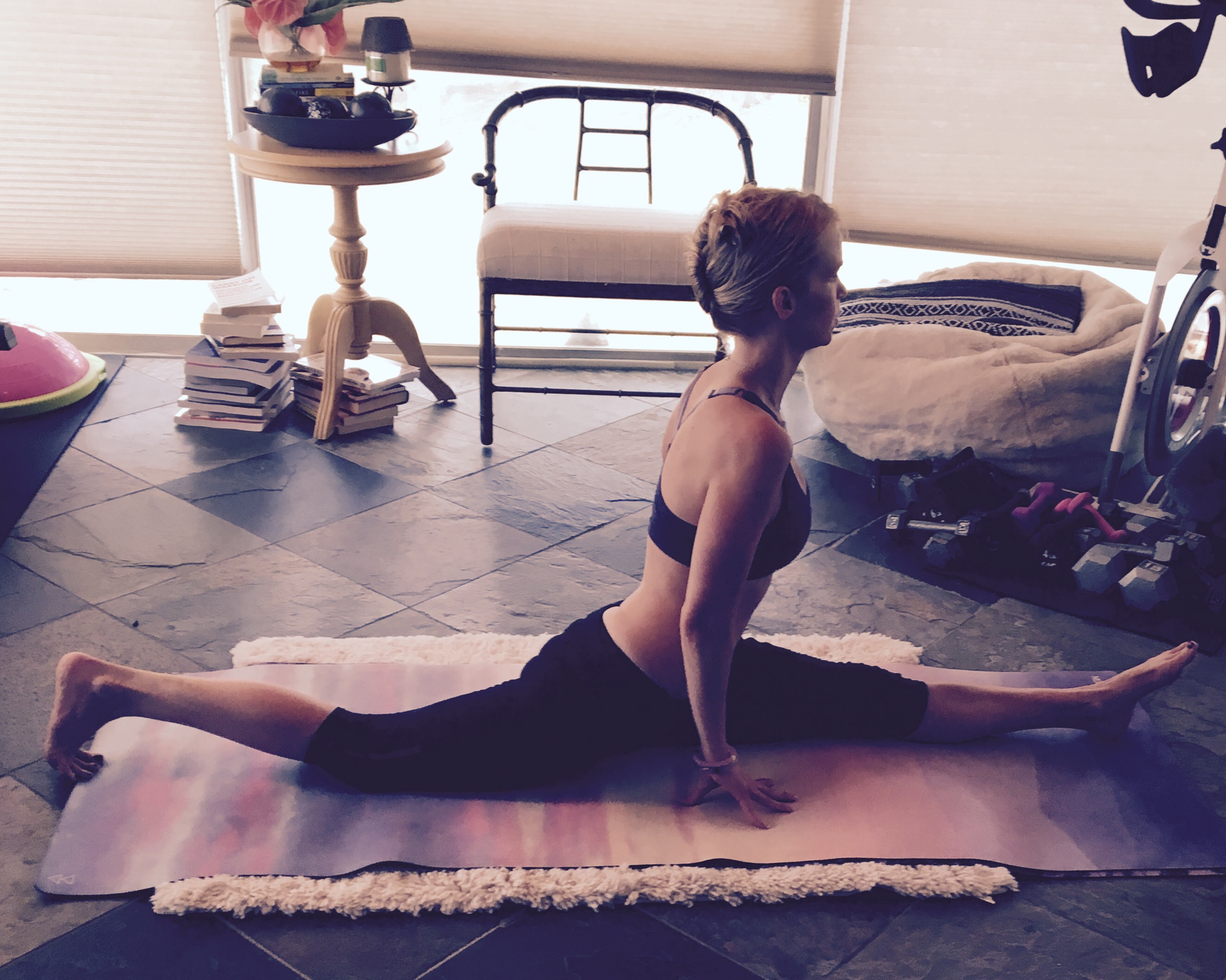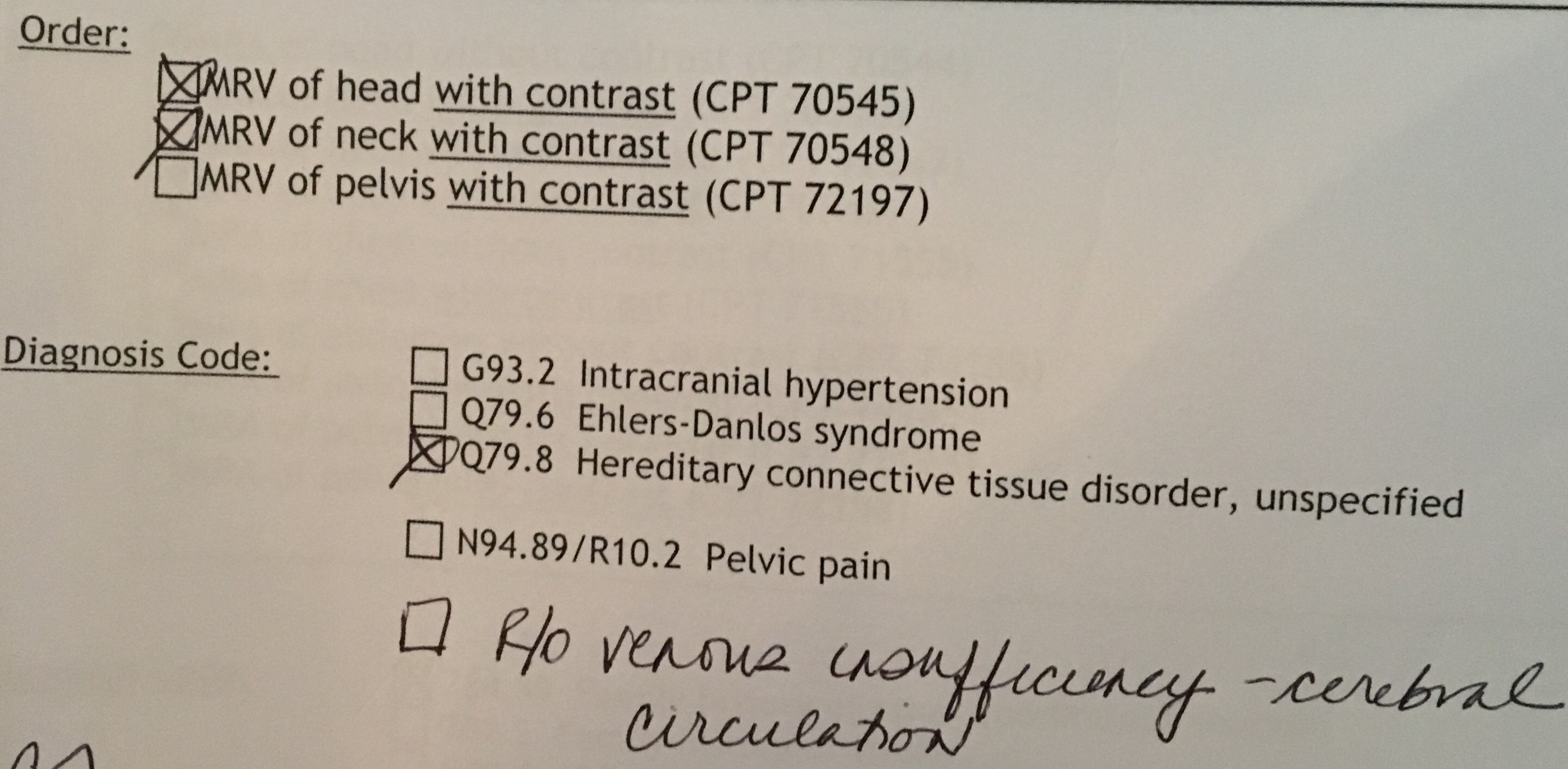What matters is that we showed up – together.
Powerful class today. 12 people total showed up – vulnerable, open-minded and honest. I did the same. We are all in this together. While I’m learning to teach yoga and mindfulness to our community, versus solely speaking and writing about it, those who’ve come to our last three mind-body classes, have showed up to face their own fears surrounding movement and anything that may cause additional pain or trauma. What matters is that we showed up – together. What matters is that we allowed ourselves to be vulnerable and open-minded. What matters is that we know that we are not alone. What matters is that we allowed ourselves to focus on the positives and what we can do, not just what we can’t – even if it was for #just5minutes. I’m blessed and grateful to have the opportunity to walk this journey with all those who open themselves up and allow me to walk with them. Not lead them, but walk beside them. Today was humbling. Thank you to Deborah Norris, Ph.D. and everyone at …
